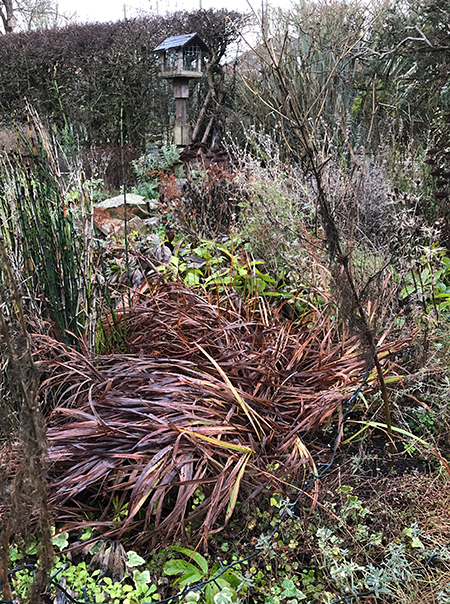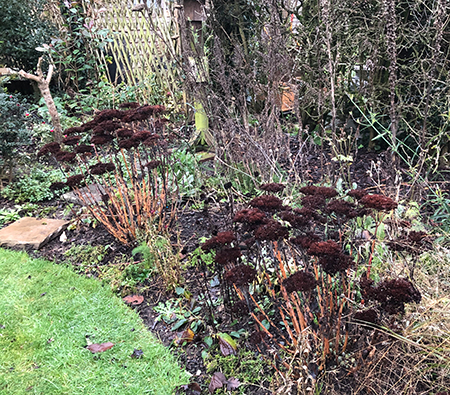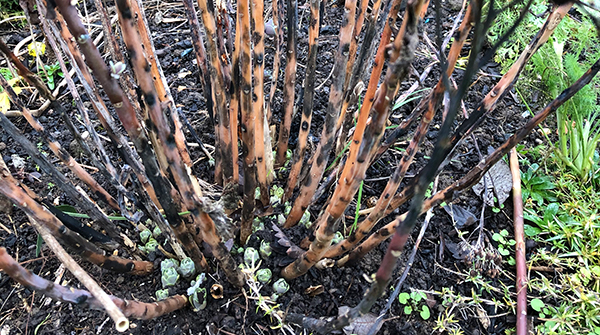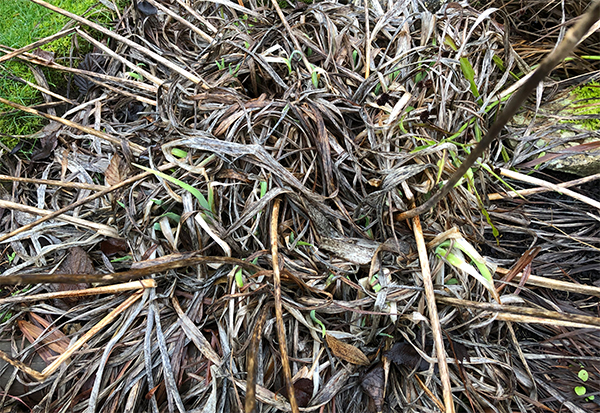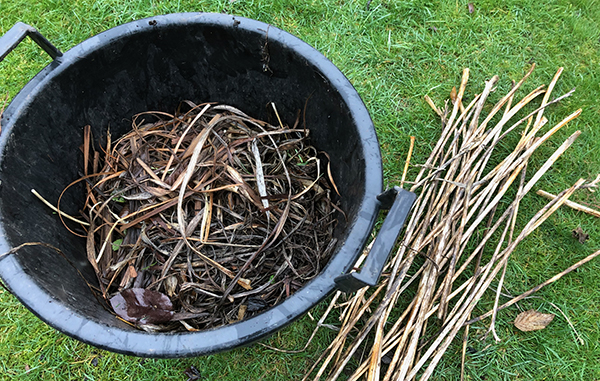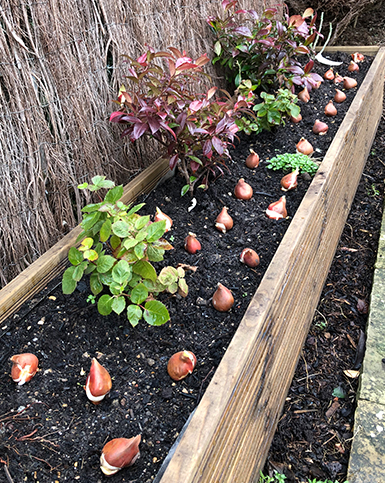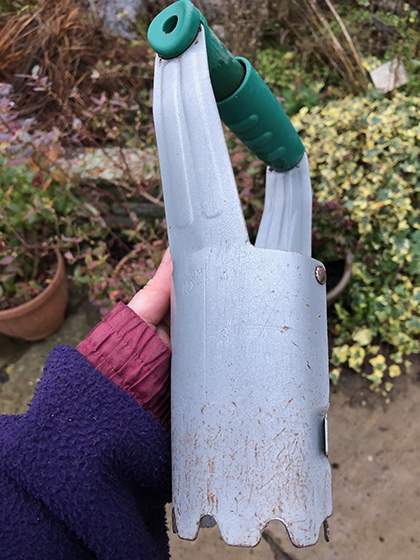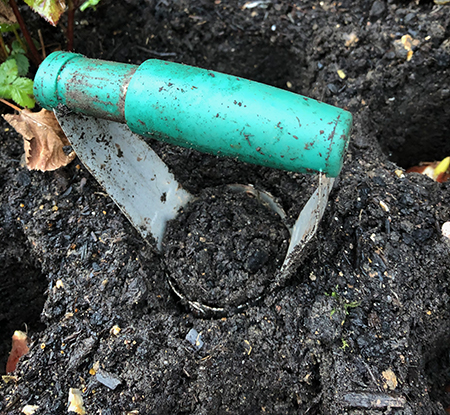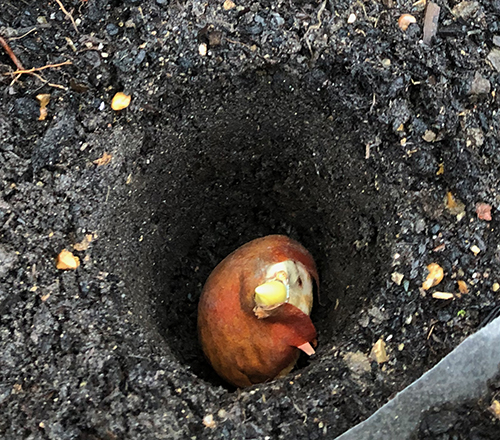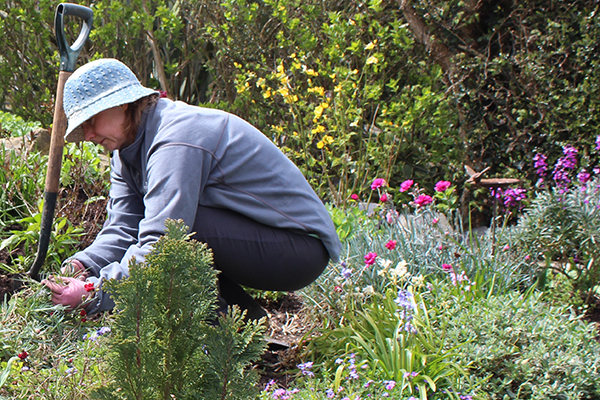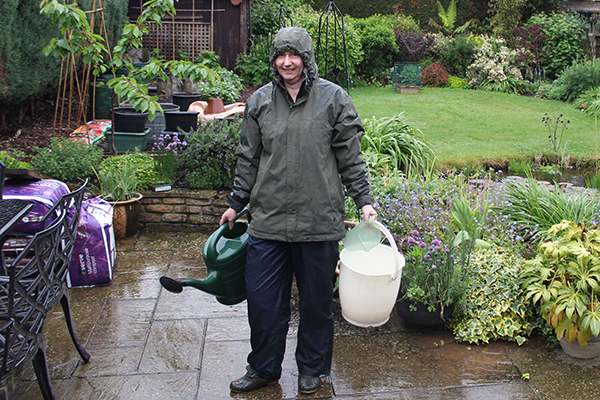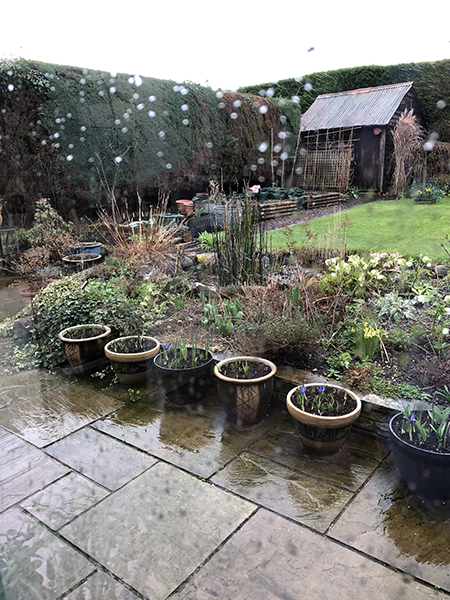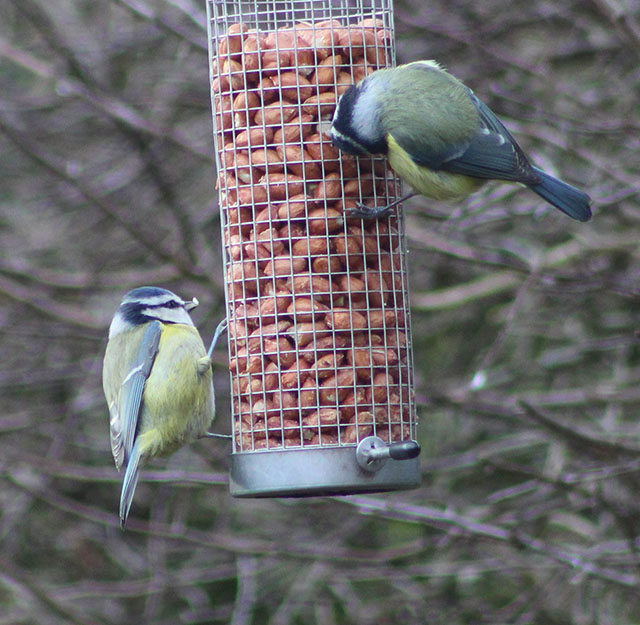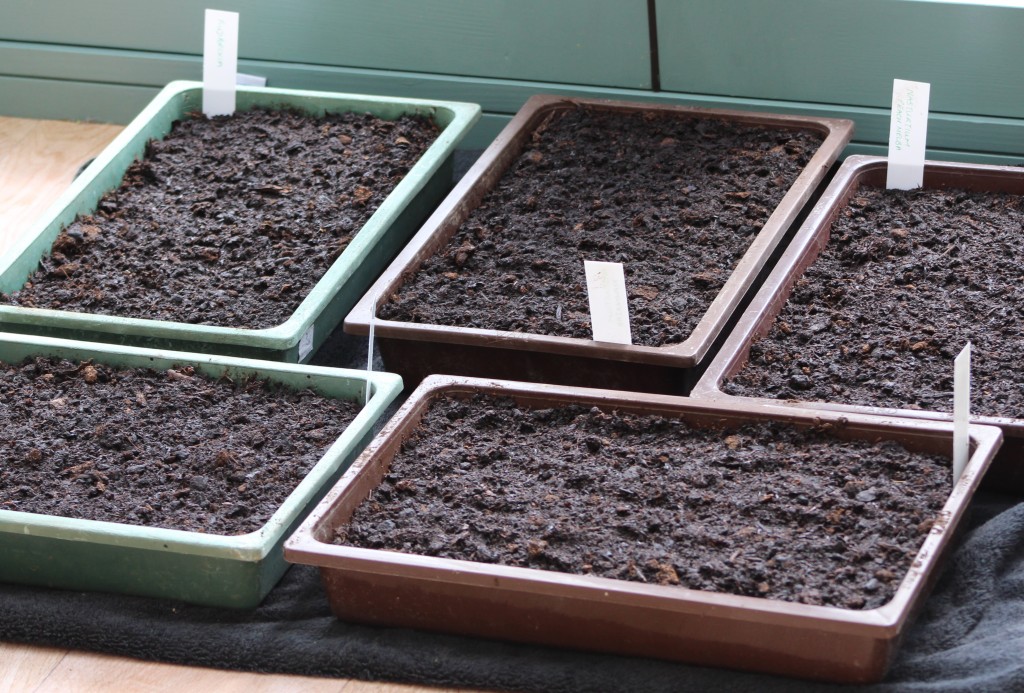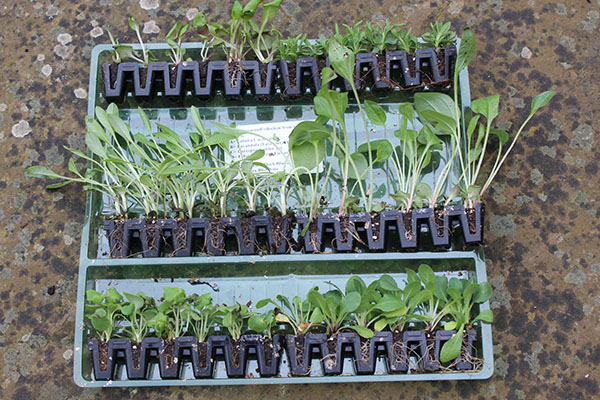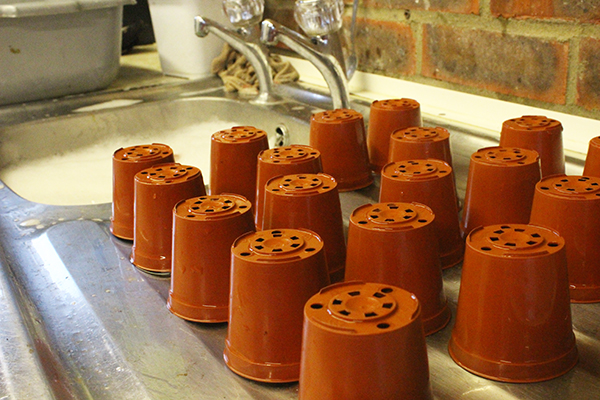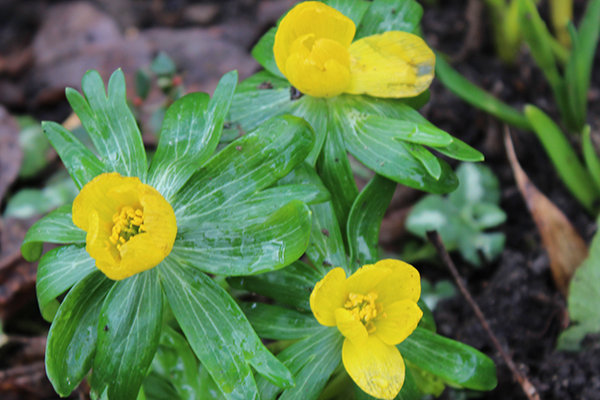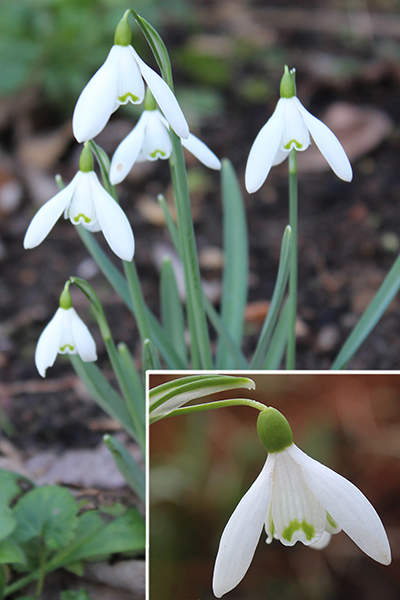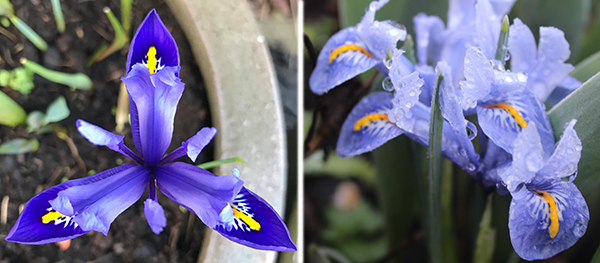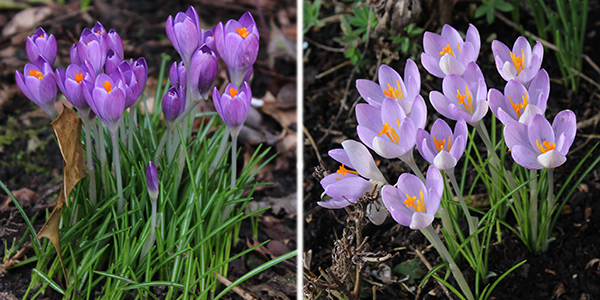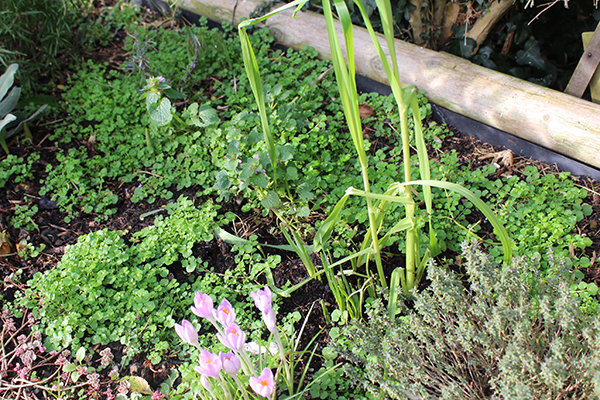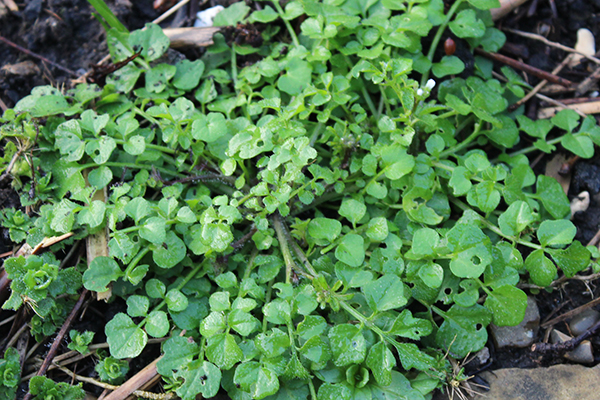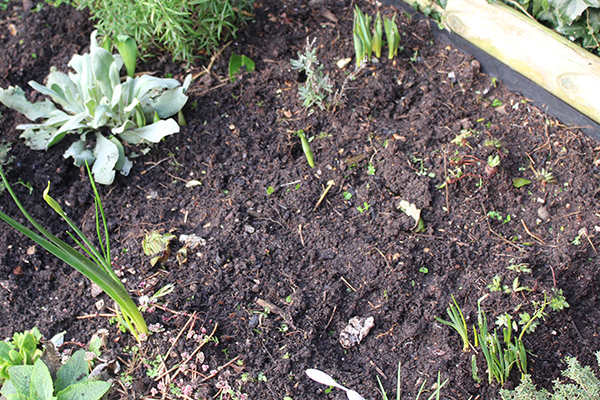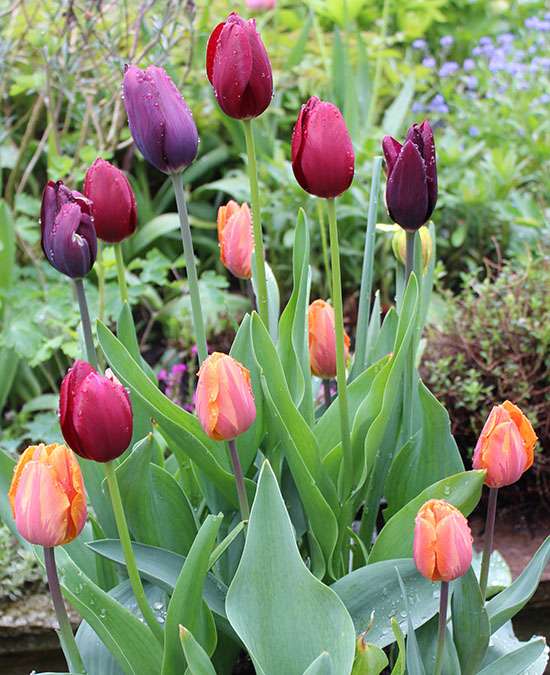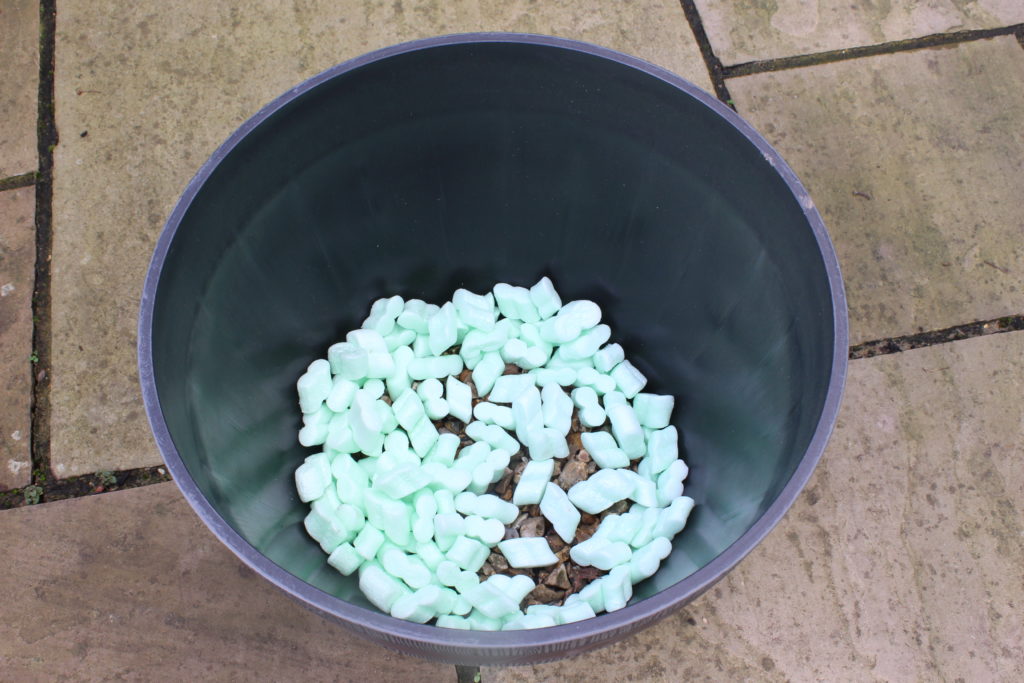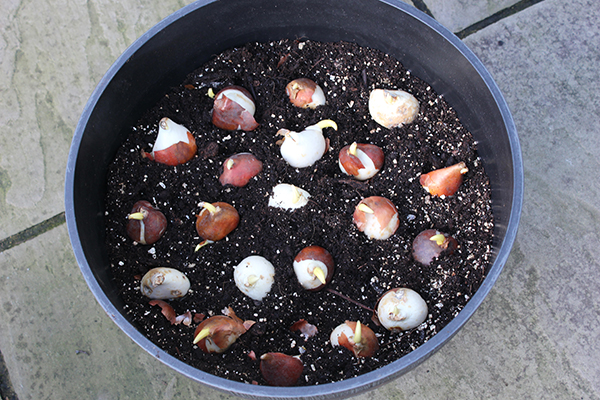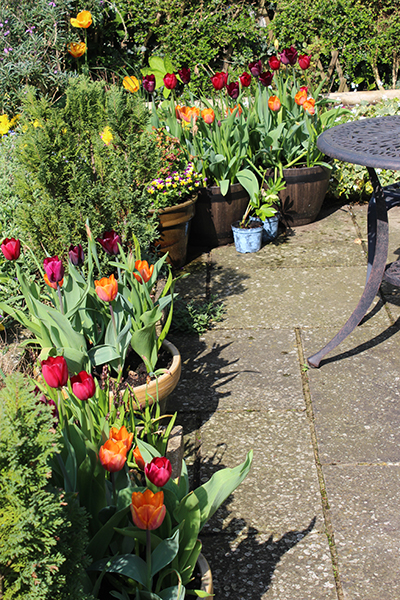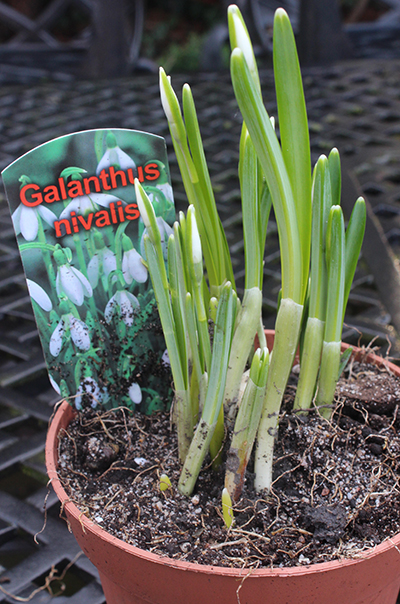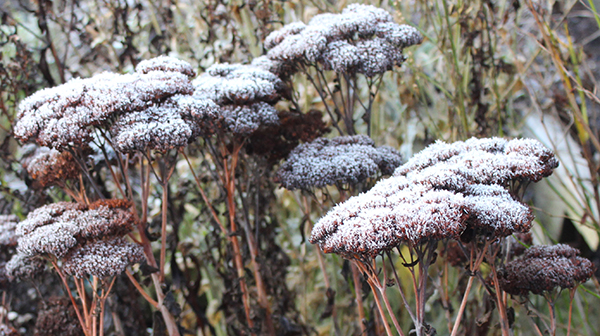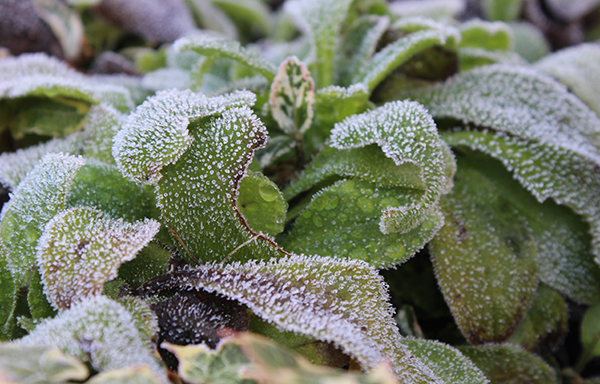I don’t have a huge garden but, despite my passion for perennials, I have made room to grow a few vegetables. After all, there is nothing more satisfying than eating your own produce.
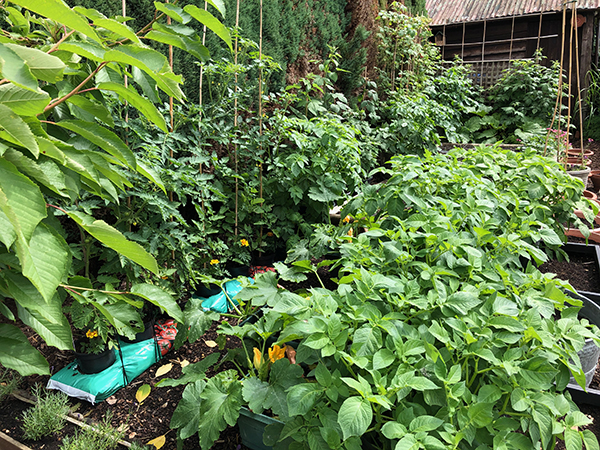
I have two raised vegetable beds, each about 1.2m x 1.2m, and the rest I grow in grow bags, pots and sacks. This means I can tend to my veggies without ever having to walk on the soil, which reduces the amount of digging I have to do (anything for an easy life!).
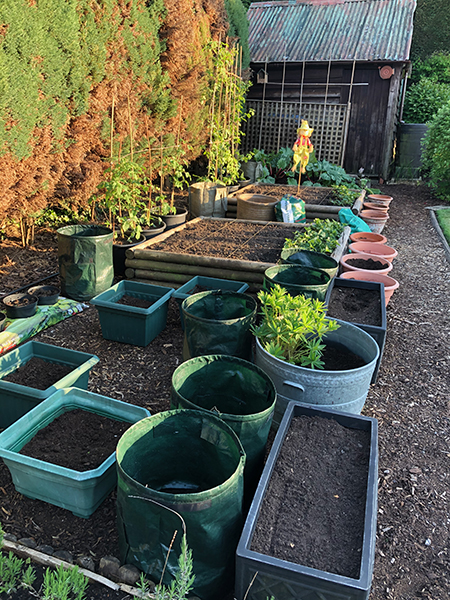
Two-step veg bed preparation
To prepare the beds for this year’s veggies I have done two things:
- Removed the weeds
- Added organic matter
Remove weeds
The raised beds had got a bit weedy over the last couple of months.

So, I removed the weeds manually with my trusty trowel – in two 15-minute sessions – making sure to remove all the roots.
I left the fennel and foxgloves that had seeded in there, as I never say no to free plants that can be put somewhere else in the garden.
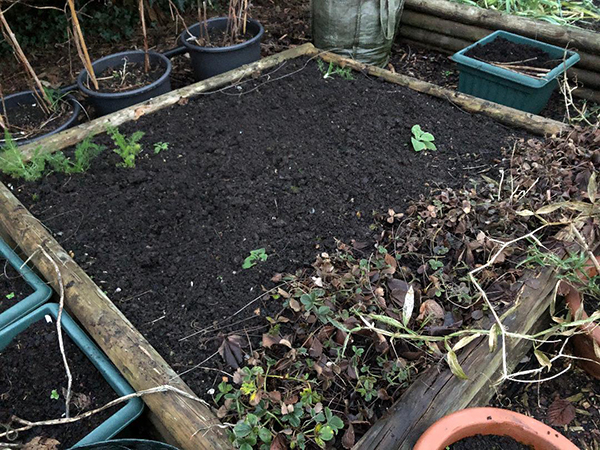
Add an organic mulch
I then spread a couple of buckets of garden compost over the top, a great mulch that will suppress any more weeds from coming through. It should break down under the inevitable blanket of frost and/or snow that will arrive over the next few weeks, and the worms will work their magic, putting nutrients back into the bed and improving the soil structure.
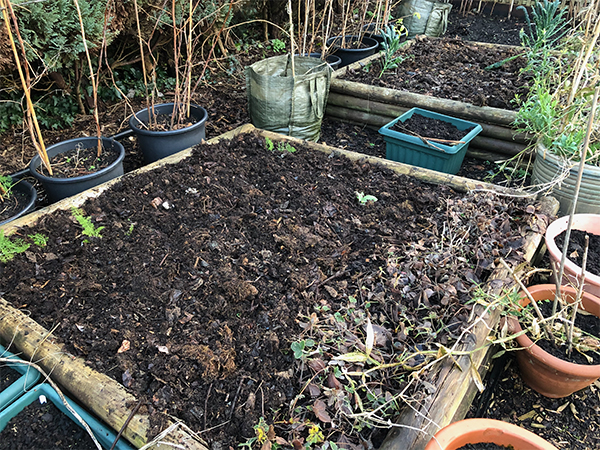
Now I just have to wait for the temperatures to improve.
In the meantime, I am sorting my seeds and making plans in the hope of a bumper harvest of my own produce later in the year.


